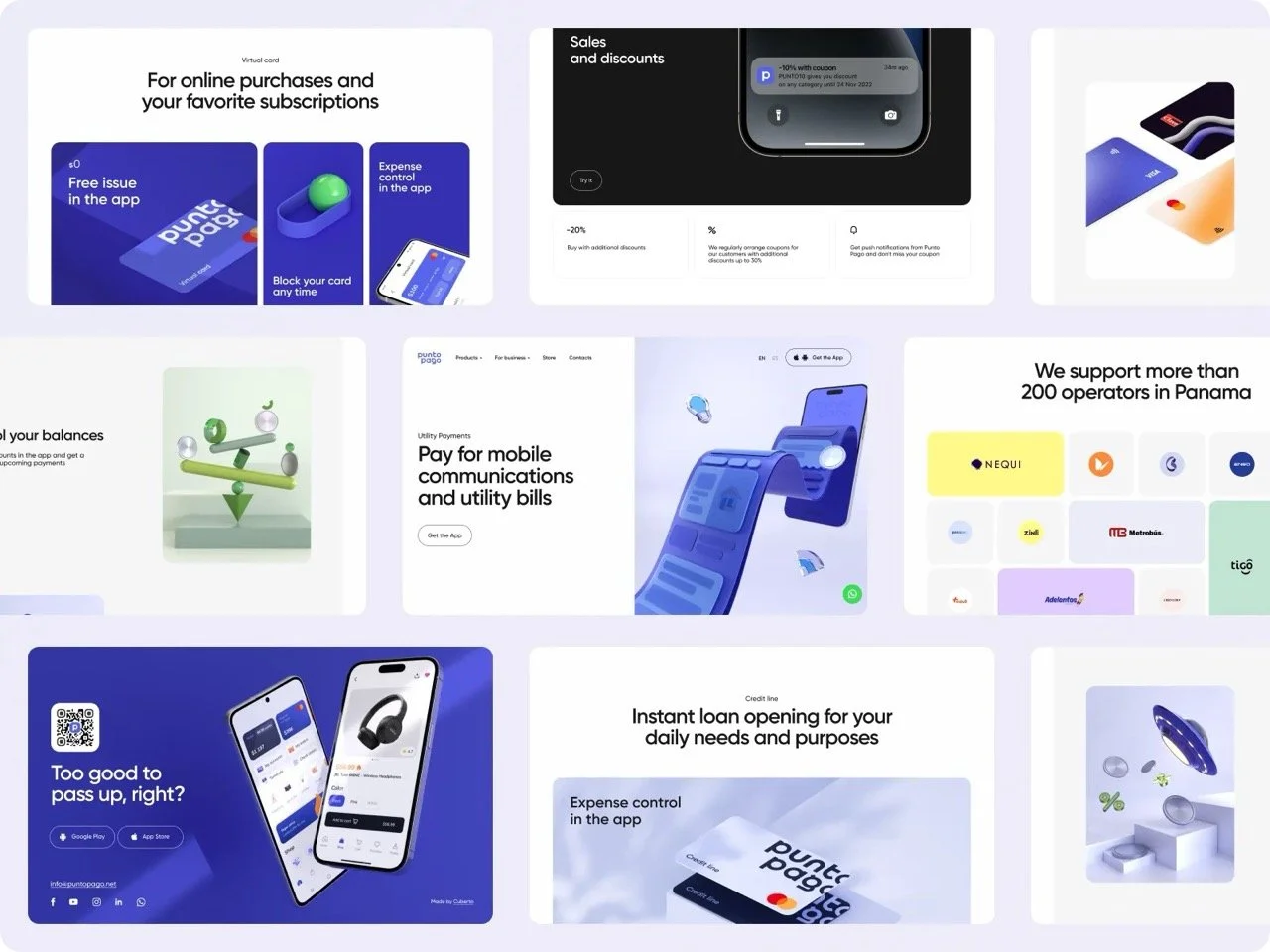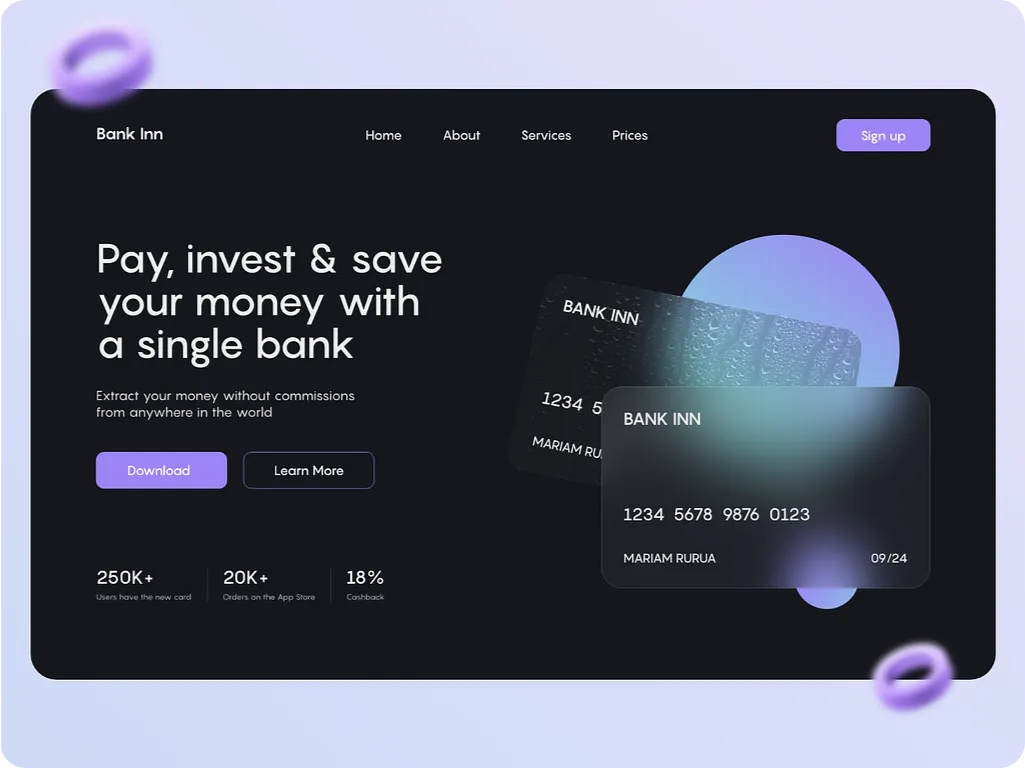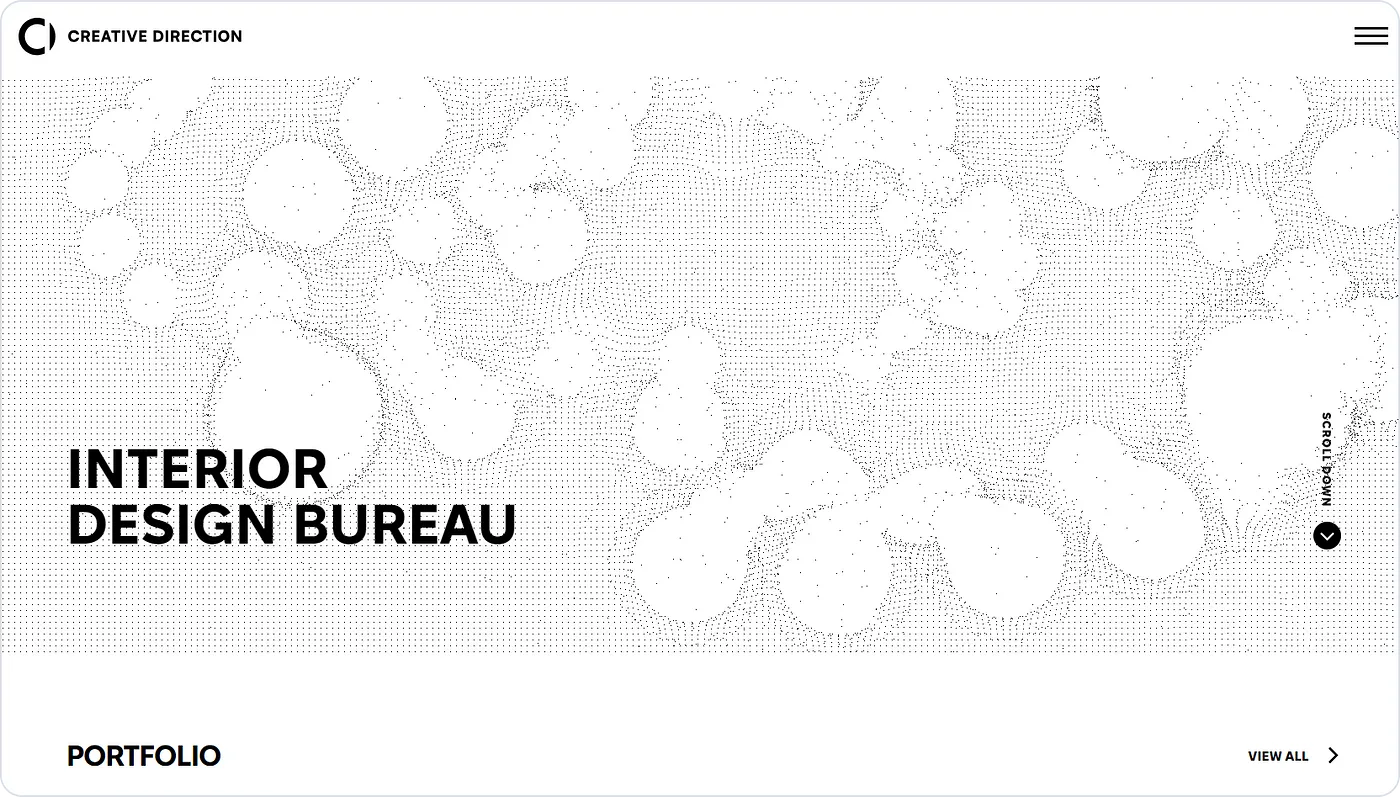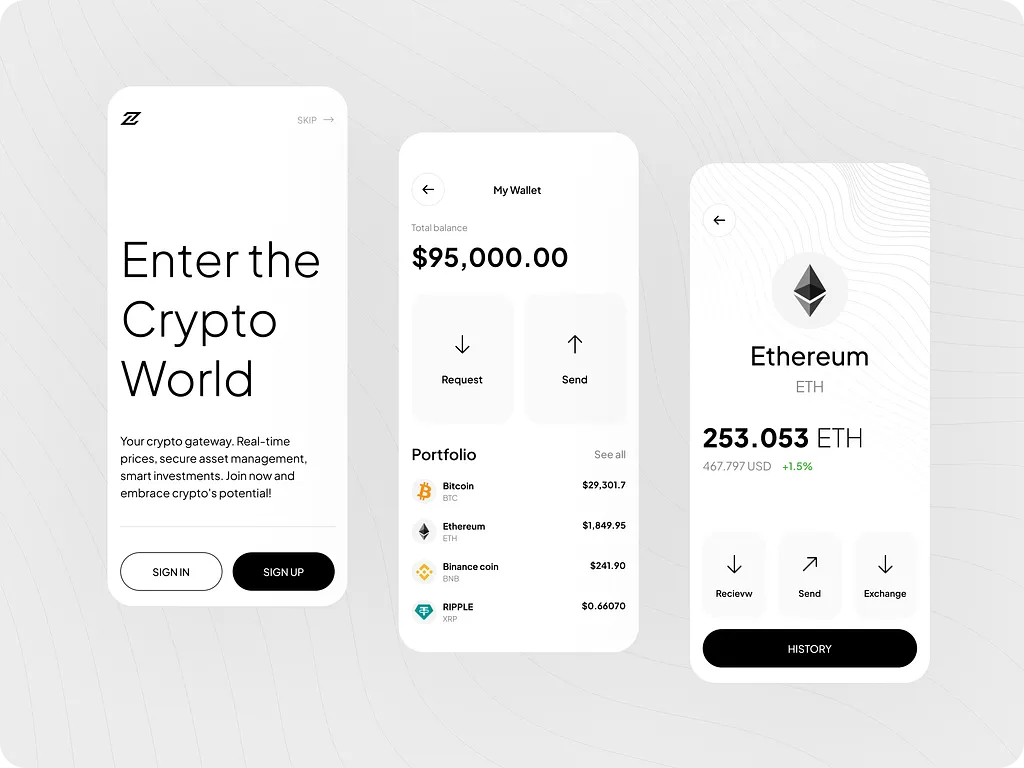UI/UX Design Trends of 2024: Innovations Shaping Digital Products
The landscape of digital design continues to evolve rapidly, driven by technological advances and changing user expectations. As we move into 2024, several key UI/UX design trends are set to dominate, influencing how designers create engaging and effective digital experiences. Here’s a deep dive into these trends, helping you stay ahead in designing digital products.
1. The Rise of 3D Design Elements
3D graphics are becoming increasingly popular in UI/UX design due to their dynamic and engaging nature. As computer performance improves and the cost of development decreases, more designers are incorporating 3D elements into web and mobile interfaces. These elements range from icons and buttons to more complex illustrations, providing a distinctive, eye-catching style that enhances user engagement.
Advantages: 3D designs can make interfaces feel more alive and interactive, significantly enhancing the user experience.
Challenges: Heavier graphics can lead to increased load times, and complex 3D elements may not always translate well to mobile devices.
2. Innovative Visual Techniques
Micro-animations are small, yet powerful, tools for guiding users through their interactions with a product. They not only make the experience more intuitive but also add a layer of delight and sophistication. Another emerging trend is the use of bold, contrasting text to grab attention and make important information stand out.
Advantages: These techniques improve navigation and make interfaces more intuitive and engaging.
Challenges: Overuse can lead to cluttered interfaces, detracting from the user experience.
3. Enhanced Realism through Material Design
Glassmorphism and Neumorphism represent design trends focused on depth, texture, and realism. These styles use effects like transparency (glassmorphism) and soft extrusion (neumorphism) to emulate physicality through digital interfaces, offering a tactile sense that enhances user engagement.
Advantages: Creates a clean, modern look that can highlight specific elements on the page.
Challenges: May not be accessible to all users, especially those with visual impairments, due to subtle contrasts.
4. Minimalism Continues to Thrive
In contrast to the vivid animations and 3D effects, minimalism remains a cornerstone of digital design. This trend emphasizes clean, decluttered spaces that focus on essential elements only, making it particularly effective for platforms requiring user concentration and minimal distractions.
Advantages: Helps users focus on the content, improving functionality and user experience.
Challenges: Too minimal designs might appear bland or might not engage users as effectively as more visually rich interfaces.
5. Engaging Users with Interactive Backgrounds
Interactive backgrounds and immersive experiences are becoming more prevalent, particularly in websites that aim to captivate and engage users deeply. These designs often involve dynamic backgrounds that react to user interactions, providing a unique, engaging way to present content.
Advantages: Increases user engagement and time spent on the site.
Challenges: Can be resource-intensive, potentially affecting performance and accessibility.
Conclusion: Designing for the Future
As technology and user expectations evolve, so too must our approaches to UI/UX design. By embracing these trends, designers can create more engaging, effective, and delightful digital experiences. Remember, the key to successful design lies in balancing innovation with usability—ensuring that new trends enhance rather than detract from the user experience.
For businesses looking to stay ahead in the digital space, leveraging these design trends can be a game-changer. If you're planning a new project or a redesign, consider consulting with experienced designers who specialize in modern UI/UX strategies. Our team is equipped to bring your digital products to the forefront of innovation.
Subscribe to our mailing list for more insights, and don't hesitate to leave your comments or reach out for a personalized consultation. Together, let's make your digital presence unforgettable.





